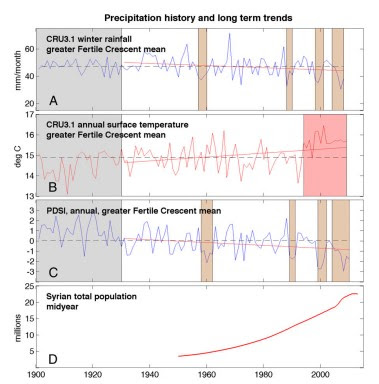In contrast to the doom and gloom
that has characterised my past Blogs - and the majority of reports concerning
Bangladesh - I wish to draw your attention to Bangladesh’s efforts to reduce
GHG emissions and the solar energy revolution which has received a lack of what
Shahan
(2014) calls ‘cyber ink’.
Due to its location, Bangladesh
receives very good solar radiation all year round, rendering it ideal for the
development of solar energy, converting ‘sunlight into direct current
electricity’ efficiently (Modal
& Islam, 2011).
Although having faced a ‘severe
power crisis’ for over a decade – relying heavily on natural gas reserves which
have a predicted longevity of just over 15 years! – It is in fact the
DISTRIBUTION of energy which is considered the “weakest link” in the country (Sarker
et al., 2003).
 |
| Graph showing the annual installation of Solar Home Systems in Bangladesh
According to The
World Bank (2015), ‘rural electrification’ has had a life-changing effect
on rural populations, creating new social and economic opportunities including ’70,000
direct jobs’ (Sarkar
et al., 2003).
|
Above and Below Photos of SHS installed in rural Bangladesh homes
We (myself included) take for
granted our immediate access to media resources such as the news and weather forecasts
– although perhaps those in Cumbria are more attentive at present – however for
these rural families it is a luxury with the potential capacity to increase
mitigation effectiveness against extreme weather events that these people face
on a regular basis (The
World Bank, 2014).
However it’s not all praise for
Bangladesh.
The
Economist (2015) argue that there are more important things Bangladesh
should be investing in, arguing that solar panels are ‘no substitute for
reliable electrical power’ and that money spent on clean energy over health and
sanitation improvements will ultimately make it harder for the world’s poorest
to deal with climate change.
Although I believe adequate health and sanitation is a basic
human right and should be invested in, in light of COP21 and the importance of
pursuing sustainable development, I disagree with The
Economist (2015).








